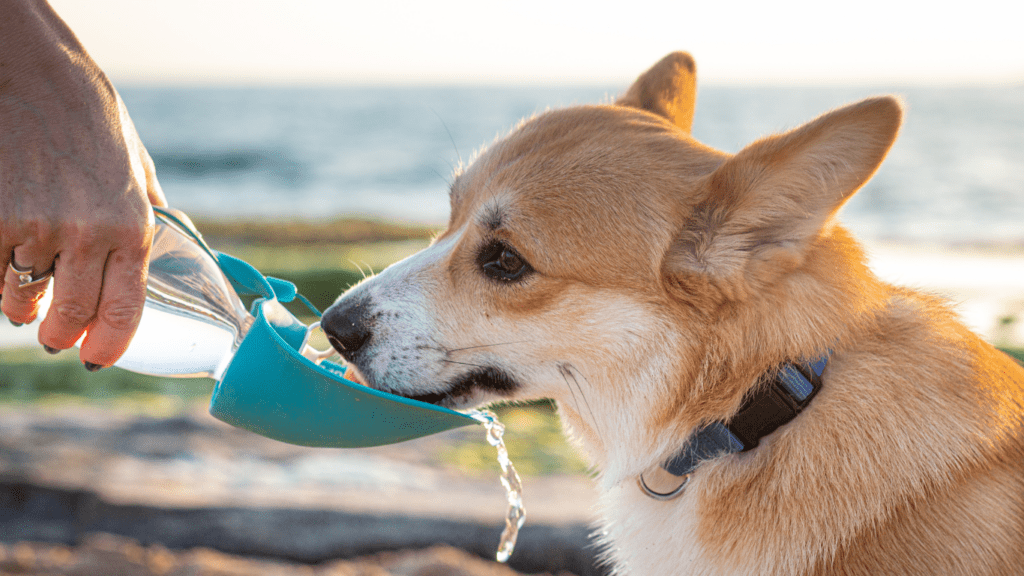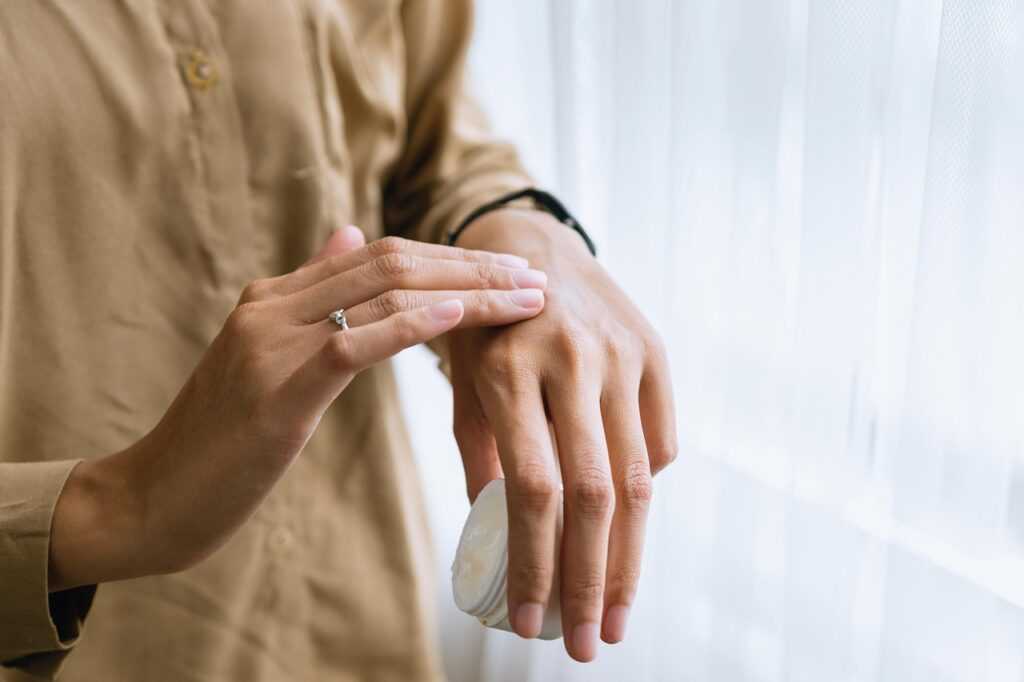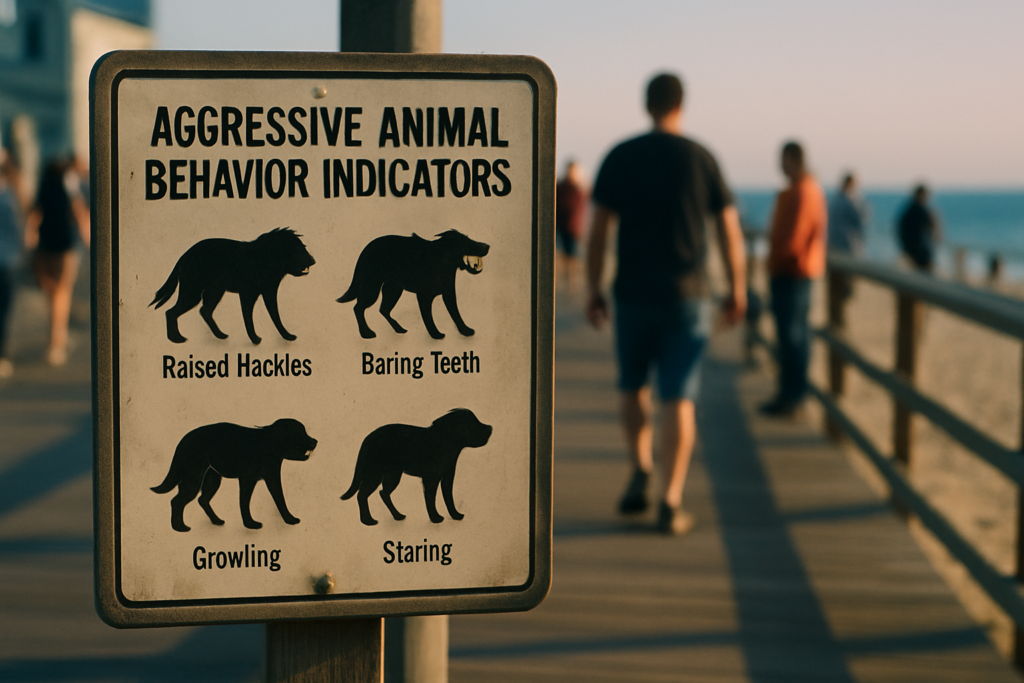Importance of Hydration in Pets
Keeping pets hydrated is crucial for their overall health and well-being. Hydration assists in various bodily functions, from digestion to temperature regulation.
Signs of Dehydration in Pets
Recognizing dehydration in pets quickly can prevent serious health issues.
Common signs include:
- Dry Gums: Gums appearing sticky and pale.
- Low Energy: Fatigue or lethargy.
- Sunken Eyes: Eyes looking recessed.
- Decreased Appetite: Less interest in food.
- Loss of Skin Elasticity: Skin does not return to place when gently pulled.
Monitoring these signs helps in taking prompt action to rehydrate pets.
Benefits of Proper Hydration
Proper hydration offers numerous benefits. It:
- Maintains Organ Function: Vital for kidney and liver health.
- Aids Digestion: Helps in breaking down food and nutrient absorption.
- Regulates Body Temperature: Prevents overheating and heatstroke.
- Promotes Mobility: Keeps joints lubricated and functional.
- Improves Coat and Skin Health: Reduces dryness and enhances skin condition.
Ensuring pets have ample water throughout the day supports their health and longevity.
Tips for Keeping Your Pet Hydrated
Keeping your pet hydrated is crucial for their health. Here are some actionable tips to ensure your pet always has access to sufficient water.
Choosing the Right Water Bowls

Selecting suitable water bowls can make a significant difference in your pet’s hydration. Stainless steel, ceramic, or BPA-free plastic bowls are good options.
They are easy to clean and don’t harbor bacteria. For pets that tend to tip over their bowls, weighted or non-slip options can help. Elevated bowls can also make drinking easier, especially for older pets with joint issues.
Incorporating Wet Foods
Incorporating wet foods into your pet’s diet can boost their water intake. Wet food typically contains around 70-80% water, which can significantly aid hydration.
Cats, who naturally have a low thirst drive, particularly benefit from wet foods. Mixing wet food with dry kibble or serving it as a separate meal can ensure your pet stays hydrated and enjoys a varied diet.
Monitoring Your Pet’s Hydration Levels
Keeping your pet hydrated is vital for their health. Regularly monitoring hydration levels helps maintain their well-being.
Understanding Your Pet’s Needs
Different breeds and species have varying hydration needs. Dogs, for example, typically need about 1 ounce of water per pound of body weight daily.
Cats require a similar amount but might drink less, as they often rely on wet food. Observe your pet’s drinking habits to understand their norms. For example, if a cat’s bowl remains untouched, increasing wet food can help.
Recognizing Dehydration Signs
Watch for physical indicators. Dry gums, low energy, sunken eyes, and decreased appetite signal dehydration. Loss of skin elasticity is another sign – gently pinch their skin; it should return to place quickly. Slow return indicates dehydration.
When to Consult a Veterinarian
If you notice persistent signs of dehydration or sudden changes in drinking habits, consult a veterinarian. Immediate professional advice is essential if severe symptoms like vomiting, diarrhea, or lethargy accompany dehydration. Regular check-ups help prevent chronic issues and ensure hydration strategies are effective.


